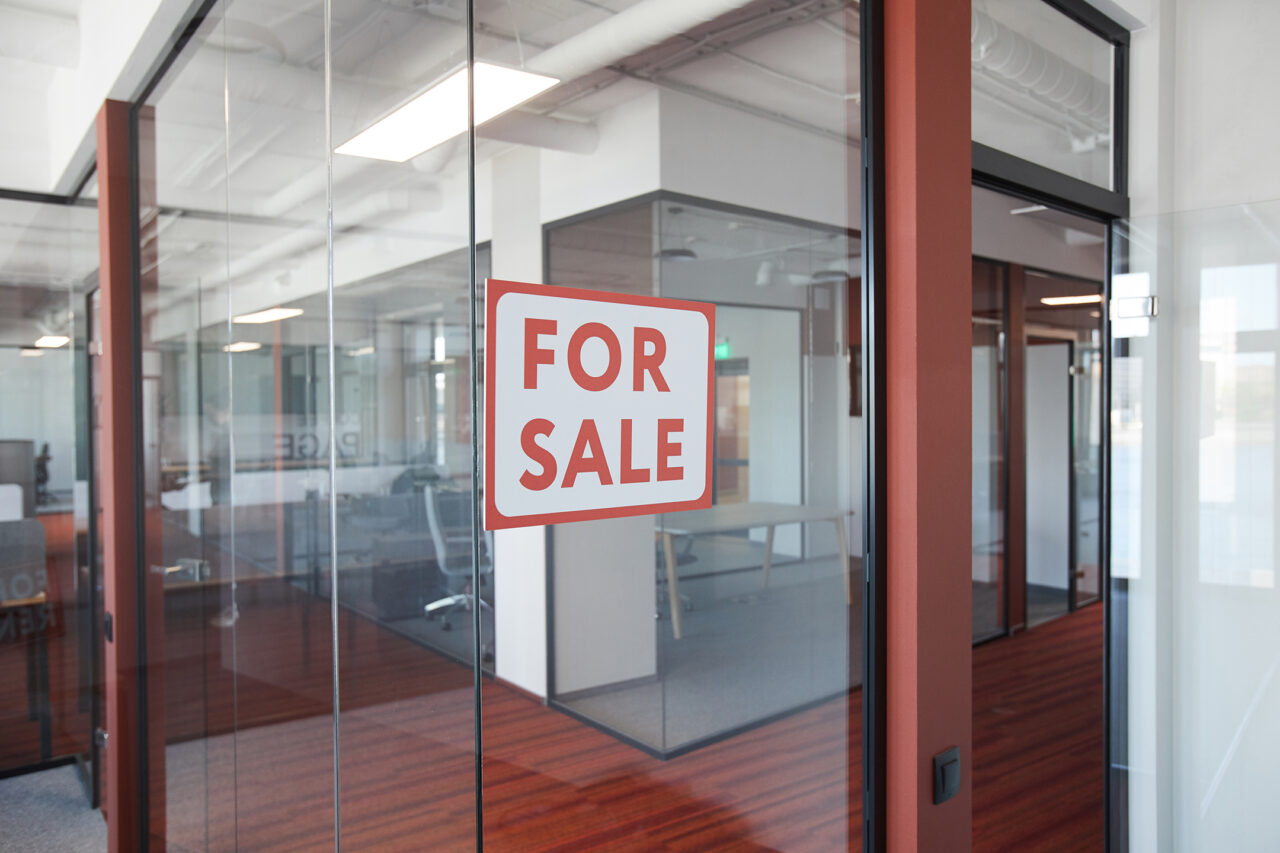
BY Catherine Lightfoot, CPA, CHBC, Director of Healthcare, EEPB
Why it might be worth owning rather than leasing in this economic climate
Delivering care is the primary and extremely demanding business of any healthcare provider. So, why would you even consider owning your own real estate? Isn’t it just easier to lease? Well, like any debate, there are pros and cons to either side of the argument. This article attempts to answer the question of whether to buy or lease from an accounting perspective.
Major Considerations
With the current volatility of the stock market, it’s time for a refresher on real estate as an investment option. Let’s review the major considerations when deciding if you should lease or buy your next medical office space.
Healthcare Real Estate is a Hot Market!
Timing is everything in real estate. According to Ken Jorgenson, the National Director of CARR, “The healthcare real estate market hasn’t slowed down over the last few years. If anything, its activity has picked up as it outpaces other commercial industries. The resiliency of the healthcare industry (the growing demand, the physical location need, etc.) has proven to be an income stabilizer for most landlords in major metros around the country. Healthcare tenants are extremely attractive when presented correctly. The same is true for practice owners looking to purchase their office real estate. Lenders view healthcare practices as one of the lowest default, safest loans they could offer in the commercial space, which drives up activity and transactional volume. These findings are even more magnified in states that are seeing a massive influx of growth and population (like Texas, Florida, Tennessee, etc.).”
Appreciation
Buying is typically a long-term proposition. There is less investment when it comes to leasing, making it a good choice for the short term. Those thinking of buying typically are looking at 10-15 years of practice, which allows time for the mortgage debt to be paid down and the property value to appreciate. The most obvious benefit is that you are basically paying rent to yourself, as you pay for an asset that will continue to be yours until you sell it.
Control of overhead
Any practice review will show the highest expenses to be salary, rent, and medical supplies. Inflation and other market drivers are currently controlling wages and supply costs. Rent expense is the only one that you can actually control yourself. Investing in healthcare real estate might sound like it is outside of your wheelhouse, but with the right resources and expertise, you gain access to data and technology platforms available to perform demographic and competition mapping. This essentially fail-proof method helps you select the most ideal property and location for your specialty. Furthermore, owner-occupied real estate debt financing is favorable. And don’t forget alternative financing options, such as equity investors, depending on the size and location of the real estate project. Real estate can also significantly contribute to the overall patient experience. How accessible is the parking lot? How do the elevators work? If the building is not helping you, it is hurting you!
Recruitment and retention
Owning real estate can be a great recruiting tool and can help lure/retain physicians to your practice. If you own your own real estate, you can offer a young physician not only a chance to become a partner in the practice but also an owner of the building itself. This makes the clinic a strategic practice asset. It is recommended that building ownership is simultaneous with practice ownership, even though this would require mandatory sale at retirement. While you do not need to make purchase mandatory with practice ownership, it is suggested that you make it easy for new physicians to buy in. Periodic refinancing could help to draw down equity to keep shares affordable. The current real estate market changes quickly. Therefore, it is advisable to perform a rent study every 3-5 years so that non-partners do not feel like the real property owners are gouging the rent. Some practices offer real estate ownership to other key employees (practice administrators or chief financial officers, to name a few). Cash flow from rent should be managed to pay down notes, cover maintenance, and escrow items, and allow tax distributions to partners.
Final Analysis
Owning real estate is no doubt a big decision. A thorough cash flow analysis should be conducted to compare lease contracts to purchase options. Return on investment (ROI) will be subjective but can be projected based on historical data for location-specific areas. There are tax benefits not available to the renter that need to be factored into the ownership model. Certain intangible benefits, like recruitment, cannot be measured; they just need to be considered to see if they are positive or negative. The model works well in many cases and is something every physician owner should take the time to evaluate. It might be the perfect moment to jump into this type of investment. As they say, if not now, when?


